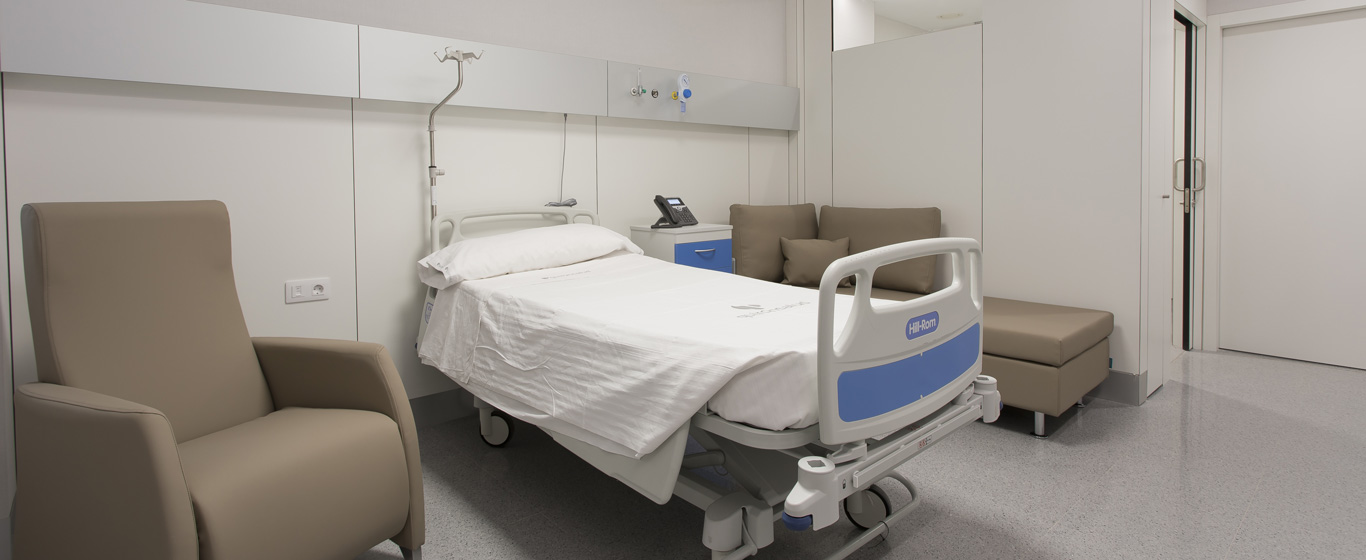Tympanic Perforation
Does tympanic perforation have recovery? All the information about this disorder: causes, symptoms, and treatment.
Symptoms and Causes
A tympanic perforation is a tear or rupture of the eardrum, the thin and dense membrane that separates the external auditory canal from the middle ear. The eardrum's function is to vibrate when it receives sound waves and transmit the sound to the ossicles in the middle ear.
Generally, after a perforation, the eardrum recovers its usual shape and integrity after following appropriate treatment over several weeks.
Symptoms
Frequent symptoms of a perforated eardrum include:
- Intense, sudden ear pain, usually relieved quickly.
- Discharge from the ear: blood, mucus, or pus.
- Tinnitus: ringing or distorted sounds in the ear.
- Hearing loss.
- Vertigo, a type of dizziness that may be accompanied by nausea or vomiting.
Causes
Common causes of tympanic perforation include:
- Otitis media: an infection in the middle ear that causes the accumulation of pus or fluid. The pressure, along with inflammation, may cause the eardrum to rupture.
- Trauma:
- Puncture trauma: an object introduced into the ear, such as a cotton swab, can cause a tear.
- Barotrauma: sudden, intense imbalance between pressure in the middle ear and the external pressure. It may result from an airplane trip, diving, or a direct blow to the ear (the most common example is a slap to the ear with an open palm).
- Acoustic trauma: a very loud sound wave, such as from an explosion or gunshot, can rupture the eardrum.
- Head trauma: a severe injury to the skull can cause a perforation, especially if the part of the skull near the ear is fractured.
Risk Factors
The likelihood of suffering a tympanic perforation increases in these situations:
- Frequent air travel, especially during a cold.
- Practice of scuba diving.
- Use of cotton swabs to clean the ears.
- Repeated exposure to loud sound waves, such as from explosions, firearms, or industrial machinery.
Complications
Although a perforated eardrum generally heals on its own in a few weeks, complications can occasionally arise. The eardrum also acts as a protective barrier, preventing the entry of water, germs, or foreign substances. A perforation, therefore, facilitates the entry of water and bacteria, leading to infections called otitis media. This otitis media can spread to the mastoid bone of the skull, leading to mastoiditis, a difficult-to-treat infection with the potential for very severe complications.
Hearing loss is usually temporary and recovers as the eardrum heals. However, if the perforation is large or has affected the ossicle chain or inner ear, hearing loss can be very severe. Additionally, although uncommon, the perforation can lead to the formation of a cholesteatoma in the middle ear, a non-cancerous cyst caused by the skin from the external auditory canal entering the middle ear through the perforation. This cyst can grow and damage the ossicles of the middle ear or other structures of the ear and the surrounding bone (which is part of the skull).
Prevention
The following measures can help prevent tympanic perforation:
- Avoid using cotton swabs.
- Protect the ears from pressure changes: when flying, chewing gum, yawning, or performing the Valsalva maneuver (attempting to expel air through the nose while holding the nostrils closed and the mouth shut) can help.
- Use ear protection if exposed to explosions or very loud noises.
- Keep the ears dry.
- Treat ear infections early: see a doctor if you experience ear pain, fever, or hearing loss.
What doctor treats tympanic perforation?
Tympanic perforation is diagnosed and treated in the otorhinolaryngology unit.
Diagnosis
The diagnosis of a perforated eardrum is based on the following tests:
- Physical examination: the inside of the ear is examined with a light device called an otoscope or a microscope.
- Hearing tests to assess the level of hearing loss.
- Audiometry: in a soundproof booth, the patient listens to various sounds through headphones to measure the ability to hear different tones, volumes, and frequencies.
- Tympanometry: this test checks the ear’s response to pressure changes. The ear is sealed using a device called a tympanometer, and a pressure change is introduced into the ear canal to observe the eardrum’s mobility. An abnormal reaction can indicate a perforation.
- Acumetry: hearing function is evaluated using tuning forks, which vibrate and emit sounds when struck. Hearing is compared by vibrating the tuning fork in front of the ear (air conduction) and on the mastoid region or between the teeth (bone conduction). This helps determine whether the hearing loss is due to a tympanic perforation or damage to the middle or inner ear.
Treatment
In most cases, perforations heal on their own within a few weeks without treatment. However, if there is an infection or the perforation persists, various options may be applied:
- Antibiotic drops to stop the infection.
- Eardrum patch to close the perforation: an otolaryngologist may apply a substance similar to very thin paper over the perforated eardrum, with the help of an endoscope or microscope. The procedure can be repeated if it improves but does not resolve the perforation.
- Myringoplasty or Tympanoplasty: If the patch does not work, surgery can be performed to insert a tissue graft from the patient's own body to close the hole.






































































































